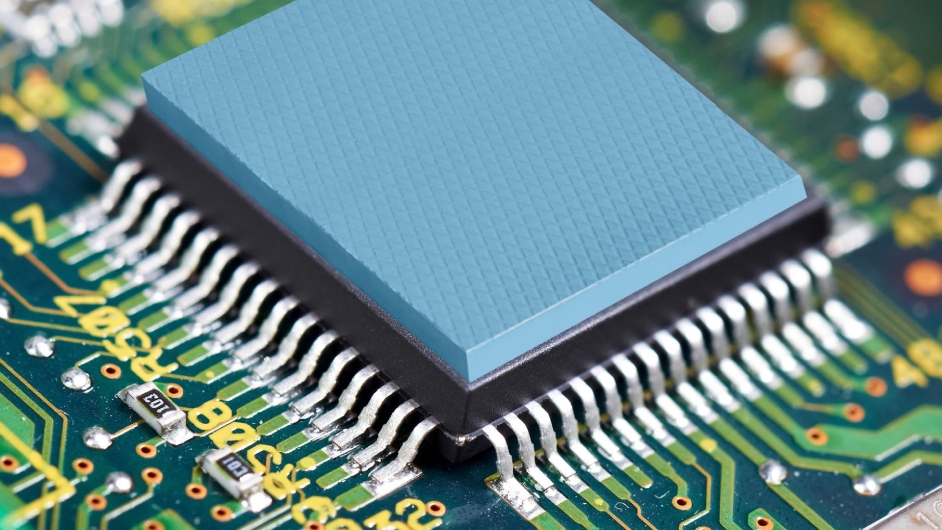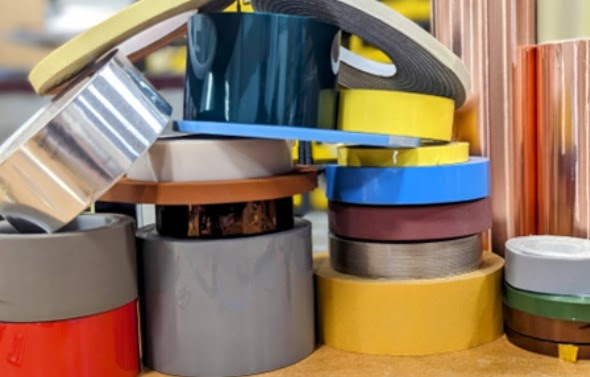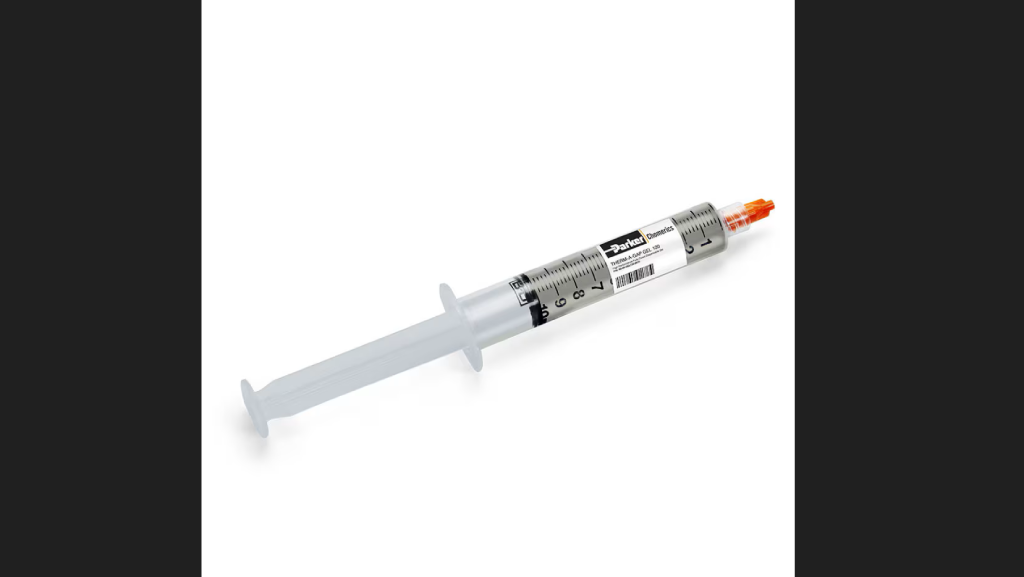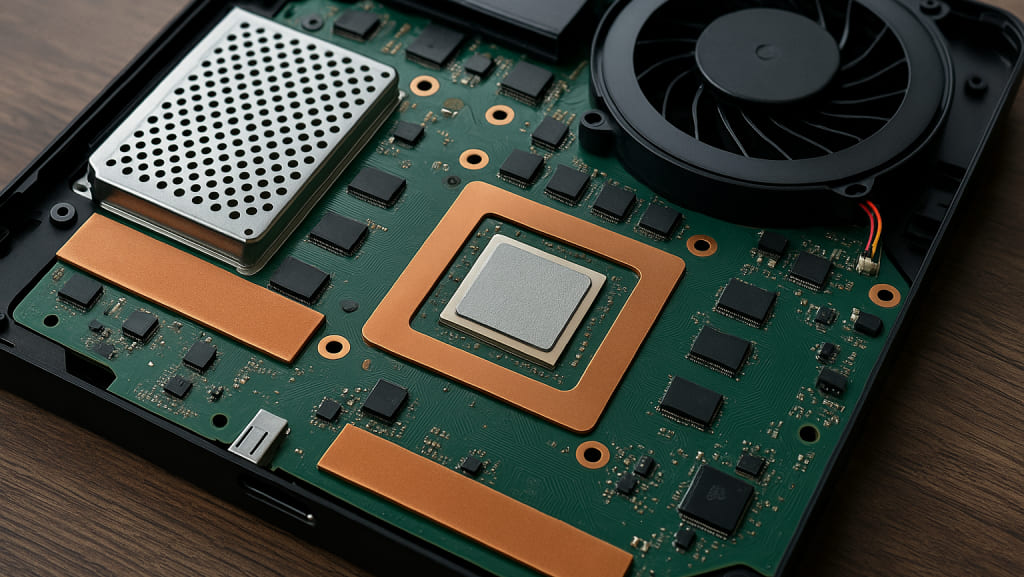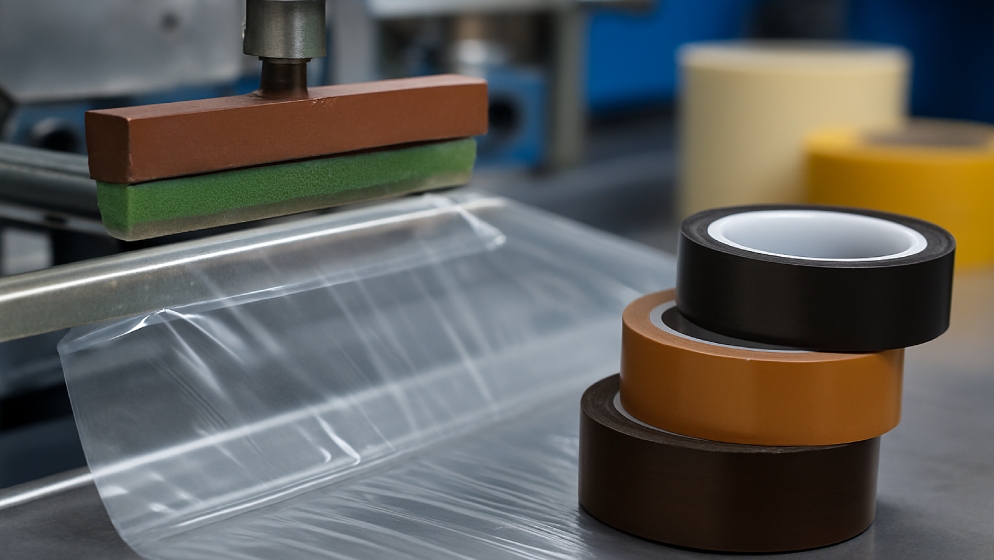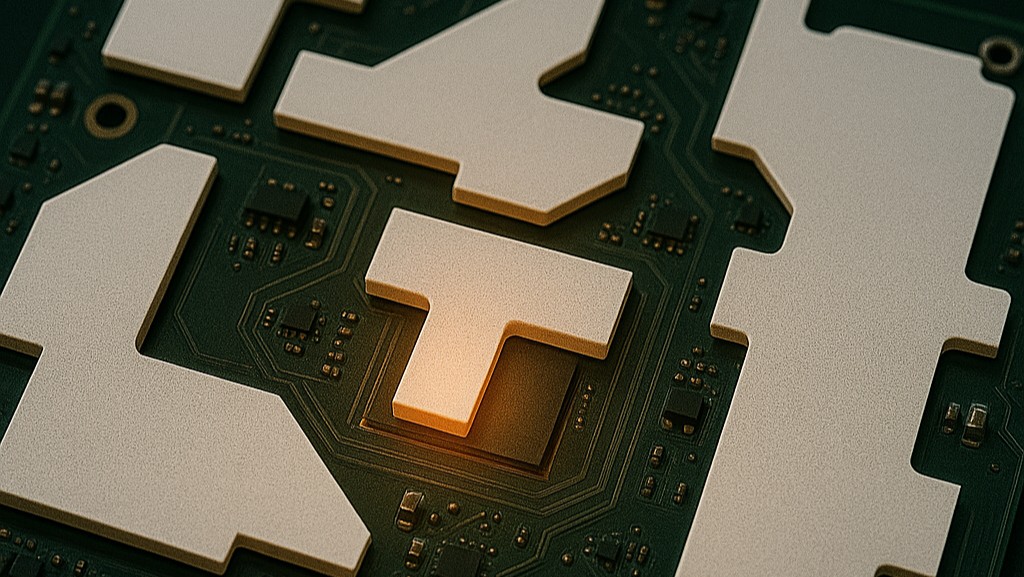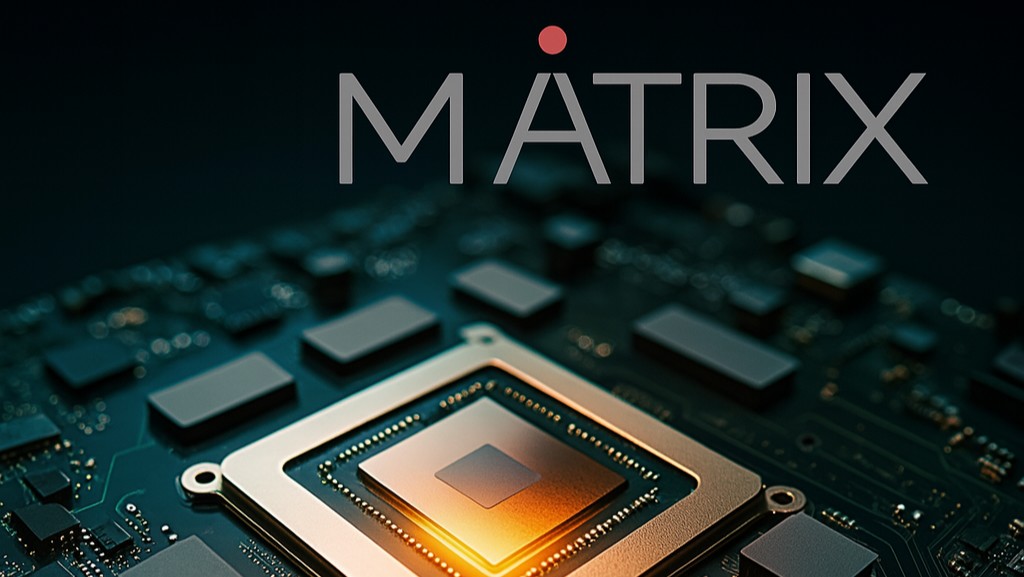Thermal interface materials (TIMs) play a crucial role in improving heat transfer between electronic components and their cooling solutions, such as heat sinks, vapor chambers, or cooling pipes. By filling microscopic air gaps that naturally form during assembly, TIMs enhance thermal conductivity and improve overall device performance.
A TIM is primarily composed of two key elements:
-
Polymer Binder: Provides flexibility and softness, enabling the TIM to conform to surface irregularities and effectively displace air.
-
Ceramic Filler Particles: Impart high thermal conductivity, ensuring efficient heat dissipation.
Although both components are generally electrically insulating, under sufficiently high voltage differentials, unintended electrical conduction—known as electrical breakdown—can still occur. The voltage at which this happens is referred to as the breakdown voltage.
Causes of Electrical Breakdown in TIMs
Electrical breakdown in insulating materials can arise through four distinct mechanisms. While most of these are uncommon in TIMs, understanding each provides valuable insight into material behavior under electrical stress.
Less Common Causes of Electrical Breakdown
-
Electron Cloud Polarization – Occurs when high-frequency electromagnetic fields (in the petahertz range and above) alter atomic electron distributions. This is rarely relevant for TIM applications.
-
Ionic Charge Migration – Involves the movement of free ions within the material. TIMs, which are primarily composed of covalently bonded materials, typically do not exhibit this behavior.
-
Dipole Alignment – Happens when external electric fields orient molecular dipoles. Since most TIMs consist of non-polar compounds, this effect is generally negligible.
Primary Cause of Electrical Breakdown: Space Charge Accumulation
The leading factor behind electrical breakdown in TIMs is space charge, which results from the movement of trapped charge carriers within the material. Space charge can originate from two primary sources:
-
Impurities in Ceramic Fillers – Naturally occurring contaminants introduced during mining and processing of ceramic particles can introduce charge carriers. To mitigate this risk, selecting high-purity ceramic fillers is essential. At Parker Chomerics, we implement strict supplier quality controls and raw material inspections to minimize impurities.
-
Moisture Absorption – Water molecules, which contain ionic charge species (OH⁻ and H₃O⁺), can penetrate TIMs in humid environments. Over time, this moisture can reduce breakdown voltage, increasing the likelihood of electrical failure.
Enhancing Electrical Insulation in TIMs
To improve resistance to electrical breakdown, TIMs can be engineered with additional dielectric protection. One effective approach is incorporating a dielectric carrier layer to reinforce electrical insulation.
Matrix Technology offers specialized TIM solutions designed for high-voltage applications, including:
-
THERM-A-GAP PAD 30PN
-
THERM-A-GAP PAD 80KT
Both materials provide superior thermal performance while ensuring robust electrical insulation, making them ideal for environments with stringent voltage requirements.
Request a Sample Today
Interested in testing these high-performance TIMs for your application? Contact us today for a free sample and experience
